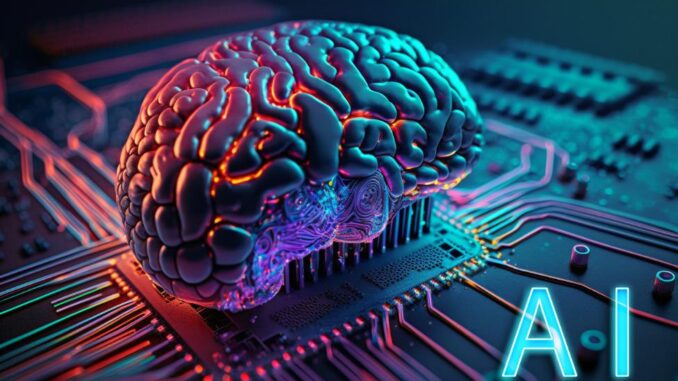
Analytics and feedback powered by AI can significantly enhance the functionality and effectiveness of telepresence robots. Here’s a breakdown of how this works and its benefits:
### 1. **Interaction Analytics**AI can track and analyze various metrics regarding user interactions with telepresence robots, including:









– **Duration of Interaction**: Measuring how long users engage with the robot can provide insights into user interest and engagement levels.
– **Participant Involvement**: Identifying which users speak more often, who dominates conversations, and how often different participants interact with the robot can highlight engagement dynamics.
– **Topic Tracking**: Analyzing discussion topics can help identify areas of interest or concern, informing future meetings and content.
### 2. **Sentiment Analysis**
Using natural language processing (NLP), AI can assess the emotional tone of conversations. This can provide insights into how participants feel about a discussion or subject matter. For example, feedback can be categorized as positive, neutral, or negative, helping organizations understand participant satisfaction.
### 3. **Feedback Collection**
AI can automate the collection of feedback after interactions. This might involve:
– **Surveys**: Sending out quick surveys asking participants about their experience with the telepresence robot, gathering data on functionality, user interface, and overall satisfaction.
– **Real-Time Feedback**: During meetings, the AI can prompt participants for immediate feedback, creating a more dynamic interaction and addressing issues as they arise.
### 4. **Performance Metrics**
AI can generate reports on various performance metrics, such as:
– **Engagement Scores**: By analyzing speech patterns, eye contact, and interaction frequency, AI can generate a score reflecting the effectiveness of the telepresence session.
– **Comparison Across Meetings**: By comparing metrics across multiple meetings or sessions, organizations can identify trends and improvements or declines in engagement.
### 5. **Personalization and Recommendations**
Based on the gathered data, AI can provide insights for personalizing future interactions:
– **Customized Interaction Styles**: If certain approaches or tones result in better engagement, AI can suggest these for future interactions.
– **Content Recommendations**: The analysis of past discussions can help the robot tailor content or prompts for future meetings, enhancing relevance and engagement.
### 6. **Predictive Analytics**
AI can leverage historical data to predict future engagement patterns. For example:
– **Identifying Potential Issues**: If certain topics lead to disengagement, AI can predict when similar discussions might result in low interest and suggest alternative strategies.
– **Resource Allocation**: Predictive analytics can help organizations determine when and where to deploy telepresence robots for maximum impact based on past usage patterns.
### 7. **Usage Monitoring**
AI can monitor the frequency and context in which telepresence robots are used, helping organizations to evaluate ROI and identify potential improvements in training and integration. This kind of monitoring can reveal:
– **Underutilization or Overuse**: Understanding how often robots are used can inform decisions on technology upgrades or deployment strategies.
– **User Experience Trends**: Analyzing patterns over time can question the effectiveness of current training materials or highlight needs for new features.
### 8. **Dashboards and Visualization Tools**
AI can provide real-time dashboards for administrators, showcasing key metrics and trends in user interactions. Visualization of data helps stakeholders quickly grasp insights and make informed decisions regarding enhancements or adjustments.
### Conclusion
In summary, analytics and feedback through AI not only enhance the operational effectiveness of telepresence robots but also contribute to improved user experiences and organizational productivity. By continuously learning from interactions and adapting based on feedback, telepresence robots can serve as powerful tools for remote engagement and collaboration.

Leave a Reply